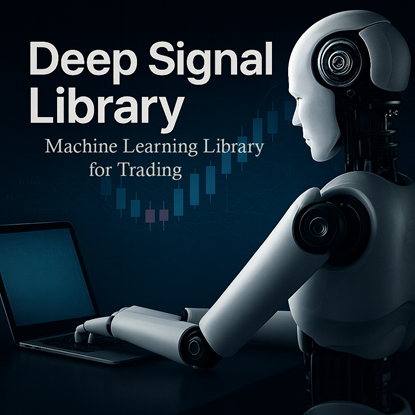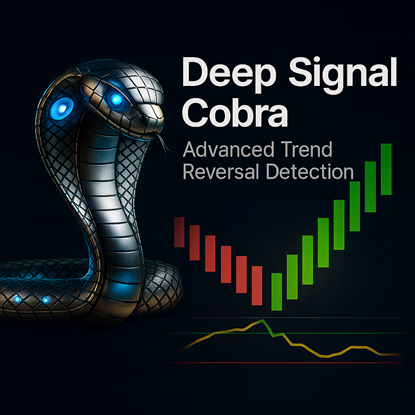
Welcome to Deep Signal Technologies
At Deep Signal Technologies, we specialize in delivering cutting-edge machine learning tools built specifically for modern traders and quantitative analysts. Our mission is to transform raw market data into actionable insight — faster, smarter, and more adaptively than ever before.
From intelligent signal generation to precision trend detection, our products empower you to trade with clarity, confidence, and control. Whether you're building custom strategies or seeking high-performance indicators, Deep Signal Technologies is your edge in today’s data-driven markets.
Explore our tools. Discover the signal.
Trade the future with intelligence.
Deep Signal Library
|
|
A powerful toolkit for traders and developers alike, the Deep Signal Library offers:
This is the foundation of all Deep Signal products, built for maximum flexibility and performance. |
Deep Signal Cobra
|
|
Deep Signal Cobra is your edge in fast markets. It’s an Advanced Trend Reversal detection engine:
Cobra is built for traders who need to strike fast — and with precision. |
Futures, foreign currency and options trading contains substantial risk and is not for every investor. An investor could potentially lose all or more than the initial investment. Risk capital is money that can be lost without jeopardizing ones financial security or lifestyle. Only risk capital should be used for trading and only those with sufficient risk capital should consider trading. Past performance is not necessarily indicative of future results.


